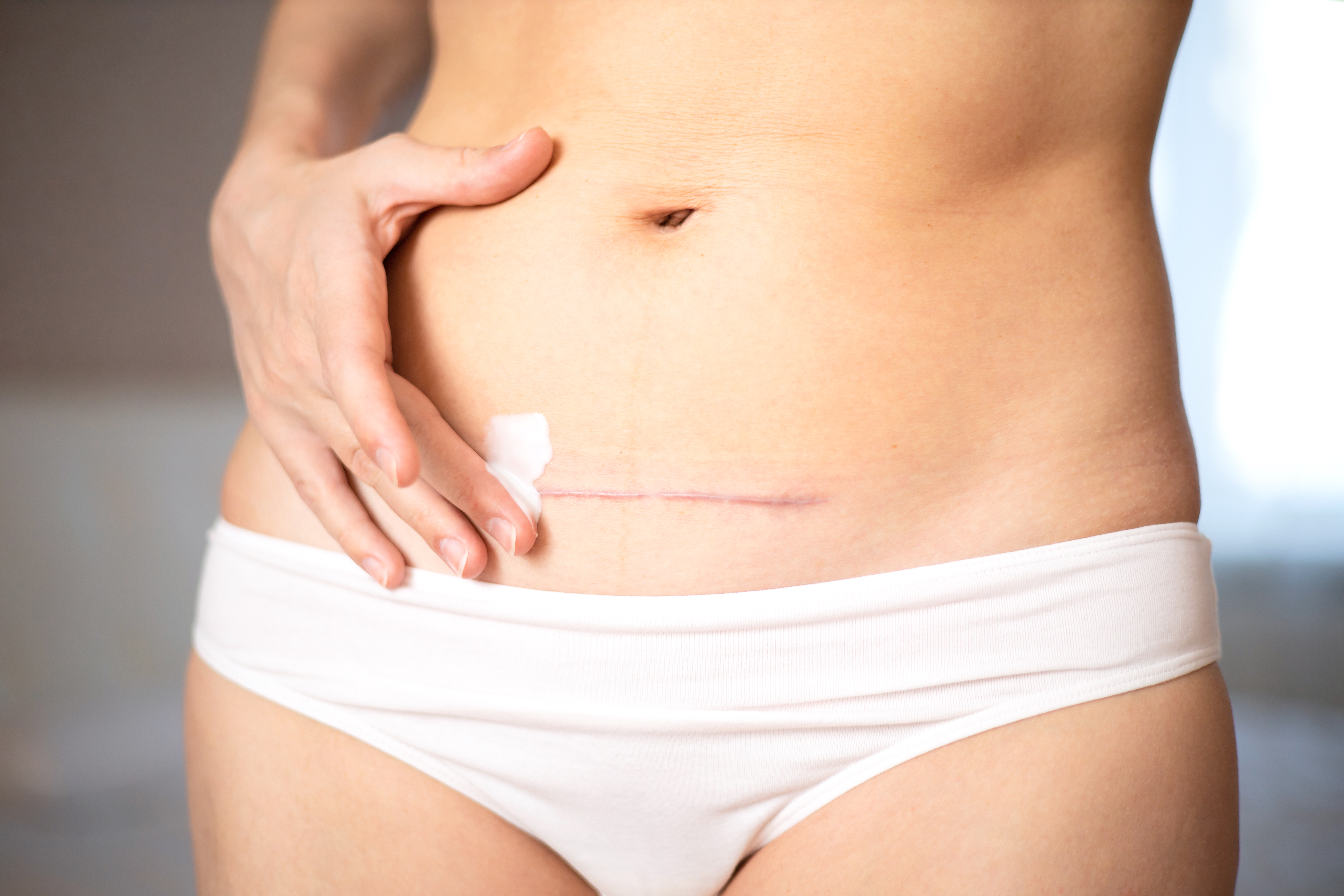Effective scar care after aesthetic surgery is essential for optimal healing. Avoiding physical strain early on and using silicone therapy help improve scar appearance. Consistent care for up to a year, including sun protection, ensures better long-term results.
In aesthetic surgery, scars are a natural part of the transformation—but their final appearance
can be greatly influenced by how they’re managed during recovery. While surgical precision lays the foundation,
 optimal healing depends just as much on what happens after the procedure. One of the most important factors
in scar quality is minimizing physical strain during the early healing period. Even everyday activities like
lifting groceries or carrying children can place stress on incisions, increasing the risk of widened or
raised scars. Avoiding heavy lifting for about six weeks gives the scar time to mature without tension.
optimal healing depends just as much on what happens after the procedure. One of the most important factors
in scar quality is minimizing physical strain during the early healing period. Even everyday activities like
lifting groceries or carrying children can place stress on incisions, increasing the risk of widened or
raised scars. Avoiding heavy lifting for about six weeks gives the scar time to mature without tension.
Silicone therapy is another cornerstone of effective scar care. Whether in gel or sheet form, silicone has been shown to reduce redness, soften texture, and prevent hypertrophic scarring. Starting this treatment a few weeks post-op, alongside gentle massage, can make a meaningful difference in how a scar evolves. Time and consistency are key. It often takes 12 months or more for a scar to fully mature, and steady care throughout this period pays off.
 Ultimately, most surgical scars fade remarkably well when both surgeon and patient are aligned in their efforts.
With thoughtful surgical technique, careful follow-up, and diligent at-home care, scars can become subtle, almost
invisible marks—testaments not of trauma, but of transformation. A scar is not merely a line on the skin; it’s part of a
larger story. And with the right approach, it’s a story that can fade gracefully into the background of a successful surgical journey.
Ultimately, most surgical scars fade remarkably well when both surgeon and patient are aligned in their efforts.
With thoughtful surgical technique, careful follow-up, and diligent at-home care, scars can become subtle, almost
invisible marks—testaments not of trauma, but of transformation. A scar is not merely a line on the skin; it’s part of a
larger story. And with the right approach, it’s a story that can fade gracefully into the background of a successful surgical journey.











